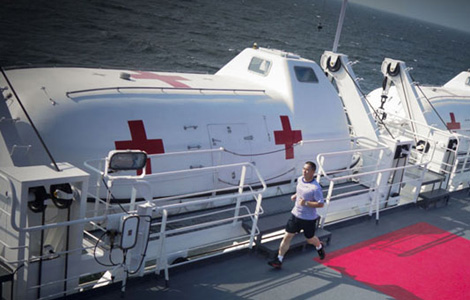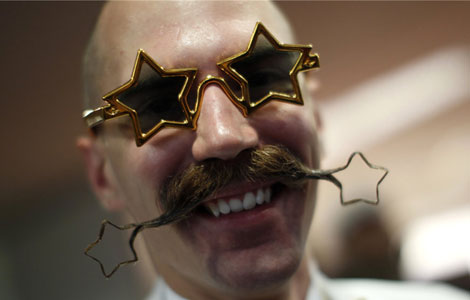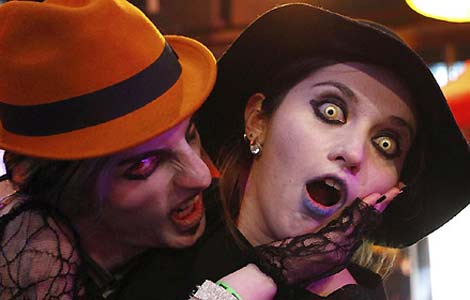A prescription for danger
Updated: 2013-11-04 07:47
By Yang Wanli, Peng Yining and Tang Yue (China Daily)
|
|||||||||||
Patient trust eroded
"I couldn't stop crying when I read about the case on the Internet," said Jiang Li, a 28-year-old who has a close relative working in the same hospital as Wang. "I couldn't breathe until I saw the name; thank God, it was not my relative," she said.
Details of Wang's career are still available on Haodf, China's biggest Internet platform for the medical profession, which provides information about hospitals and physicians and acts as a forum for comments from patients. A patient's message is still posted on the page thanking Wang for surgery he had performed.
 |
|
Police guard Wenling No 1 Hospital in Zhejiang province after a patient attacked three doctors, one of whom died. Xinhua |
According to Jiang, Wang had a good professional reputation, but she said the relationship between physicians and patients has deteriorated because of the poor behavior of a few doctors.
"Some doctors earned extra money by prescribing expensive drugs to treat simple ailments or by asking patients to undertake unnecessary health checks. That sort of behavior eroded patient trust," she said.
Resentment over high medical costs and poor service has resulted in a fractious relationship between patients and doctors at many hospitals in China.
Statistics published by the National Health and Family Planning Commission in 2012, show that the number of licensed physicians in China rose by 17.5 percent between 2006 and 2011. In 2011, there were about 2.5 million licensed physicians around the country. At the same time, however, the number of patients visiting hospitals rose by more than 60 percent - a total of 63 billion by 2011, while the inpatient rate soared by more than 90 percent.
China's medical professionals are expected to deal with more than 6 billion patient visits every year, but the low wages - doctors in rural areas earn around 3,000 yuan a month, while those in urban areas can make 8,000 to 9,000 - coupled with the heavy workload has led many to turn to other ways of making money, such as prescribing unnecessary drugs and treatment and, on occasion, accepting bribes from patients desperate for medical attention.
"Most of the violent incidents have occurred in level-three hospitals (the highest level in China), where most of the cases involve serious conditions with a higher risk factor," said Deng Liqiang, director of the law department at the Chinese Medical Doctor Association. "But violence should never be used to solve problems. There are always risks and uncertainties in medical science, and patients should be aware of that."
Nearly 80 percent of China's hospitals have experienced violence that have damaged the mental or physical health of the doctors concerned, according to a report released by the Chinese Hospital Association earlier this year. The report revealed that more than half of the doctors surveyed in 316 hospitals said working conditions were poor and nearly 40 percent of them had considered quitting the medical profession and looking for alternative employment.
To smooth the hospital-patient relationship, some cities have established their own regional medical mediation commissions. Since it was established in 2011, the commission in Beijing has dealt with approximately 2,000 disputes, of which 50 percent were the result of negligence or carelessness by medical staff.
Doctors have also taken action to reduce the number of disputes. "To avoid problems, we take a photo of every child when they check in at our hospital," said Gao Man, a 33-year-old nurse at the Capital Institute of Pediatrics in Beijing.
Gao said parents sometimes complain that their child has contracted roseola, a viral infection that causes skin rashes, or lost weight when hospitalized, and blame the medical staff for treating them inappropriately. "But we don't know whether the child contracted roseola before or after they've been with us," she said.
"Relations between patients and doctors are pretty rocky. Once a problem occurs, it's hard to make an objective judgment based on so-called trust, so it's better to have a photo as evidence."
Gao said that initially the parents took photos of their children before admission to the hospital, but the hospital also took up the practice and stored the photos as proof of the child's condition when they were admitted. "The photos help to keep us safe from disputes and lawsuits," added Gao.
Related Stories
Zero tolerance to assaults on doctors 2013-10-31 16:52
Doctors call for protection from assaults 2013-10-31 07:43
Discontent grows among doctors 2013-10-29 09:02
Three doctors stabbed by patient 2013-10-25 15:04
Doctor attacked by deceased woman's family 2013-10-23 20:23
Today's Top News
Premier Li seeks point of balance
Reform roadmap before key meeting
Intel leaks proved justified: Snowden
Cooperation needed in terror fight
Beijing to further boost visa-free stay
Shenzhou X crew awarded for outstanding service
US to file murder complaint against LAX shooter
China's non-manufacturing PMI rises in October
Hot Topics
Lunar probe , China growth forecasts, Emission rules get tougher, China seen through 'colored lens', International board,
Editor's Picks

|
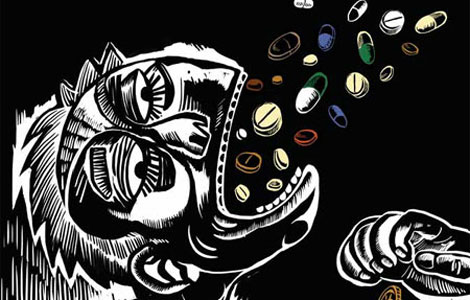
|
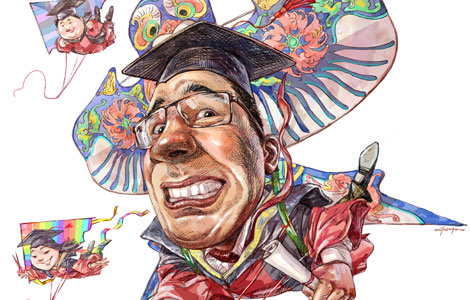
|

|

|
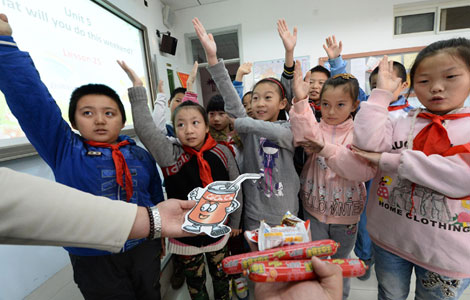
|

